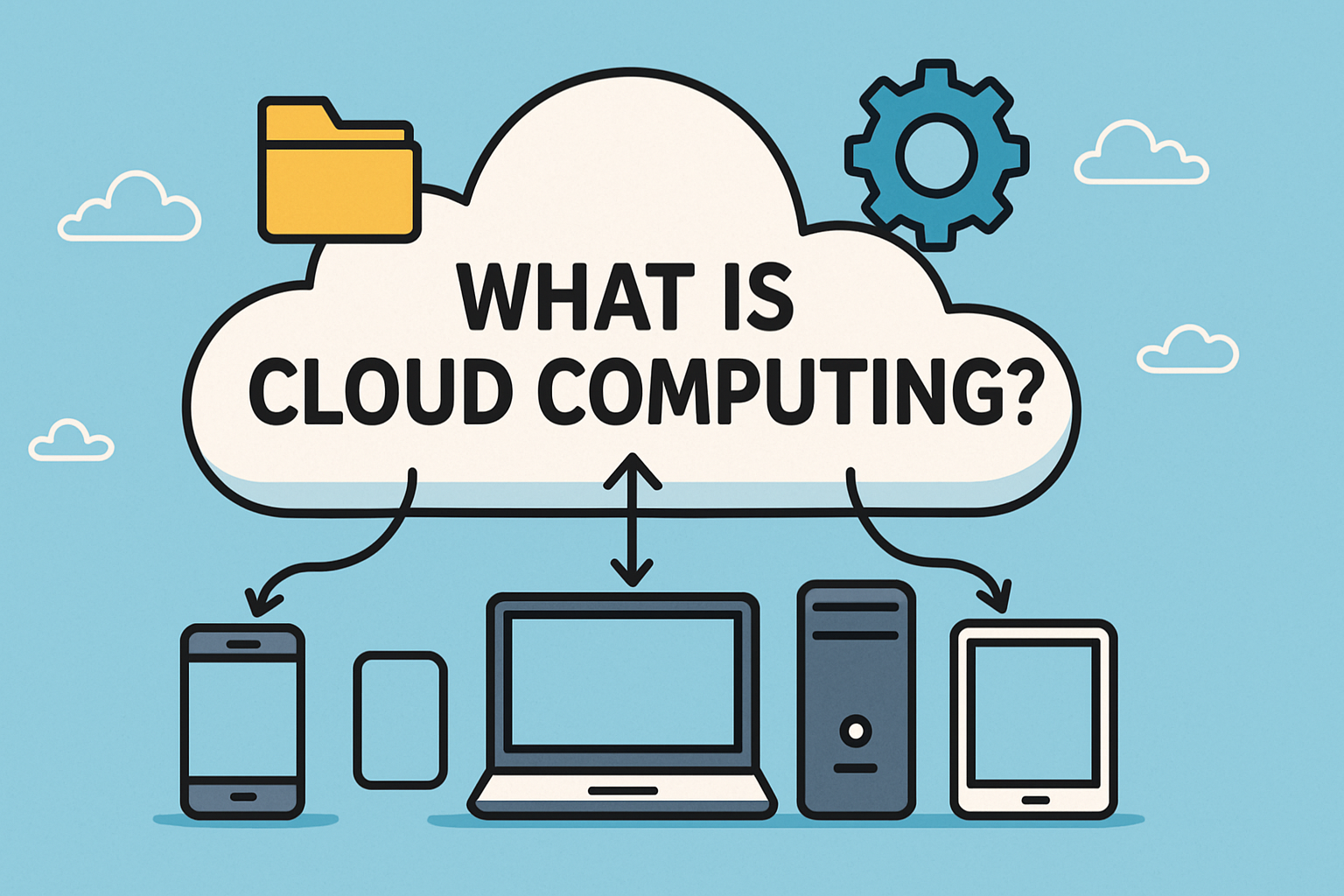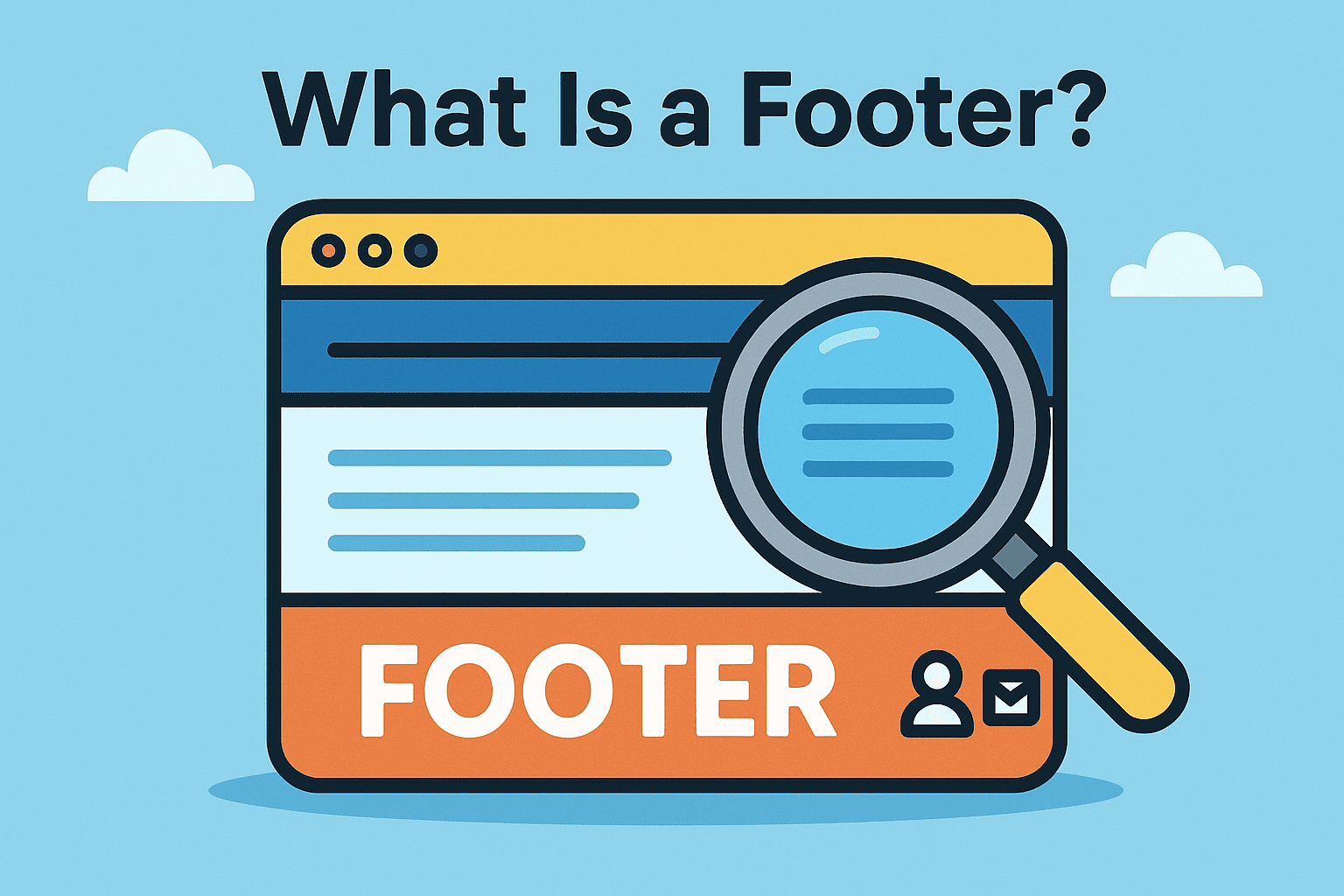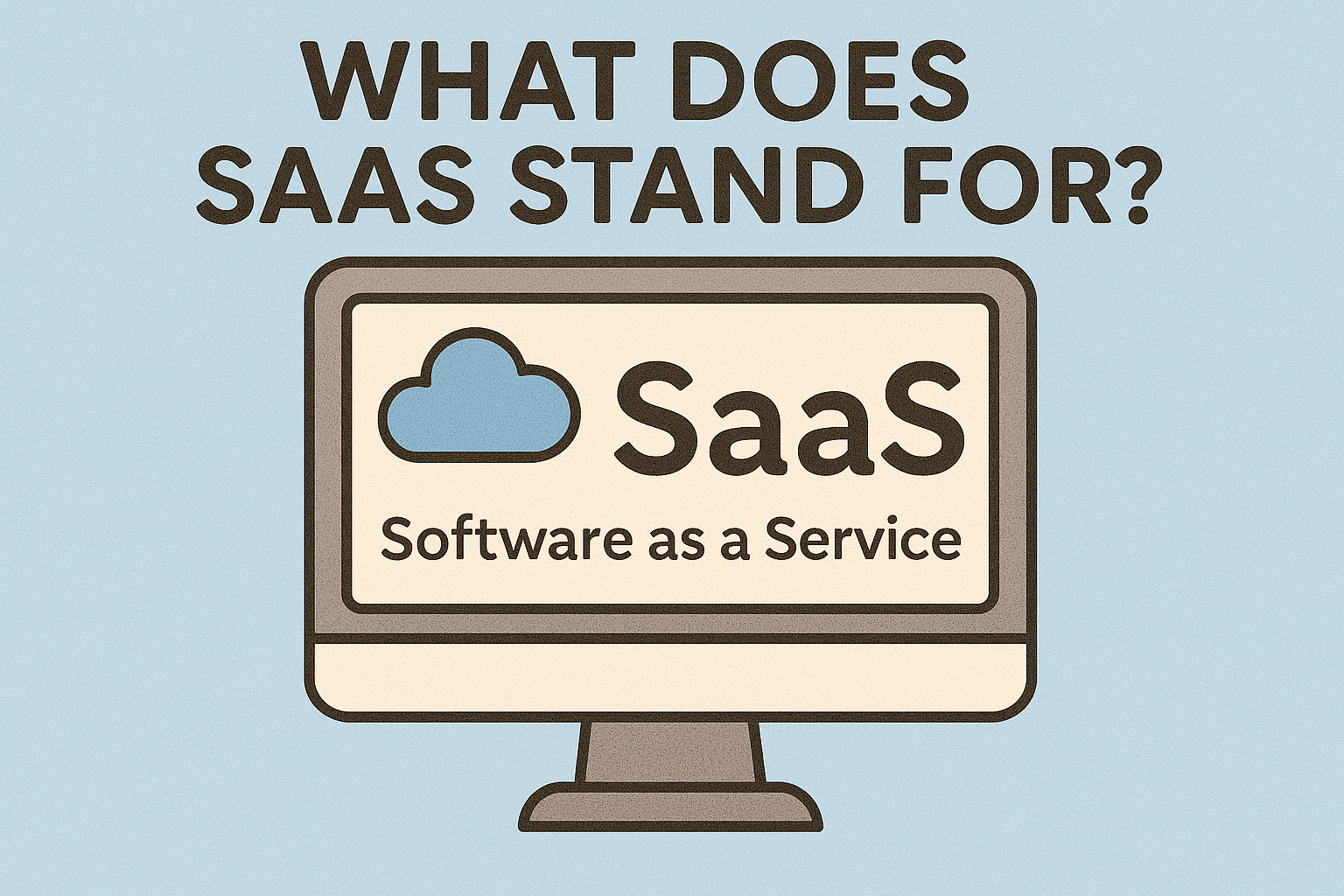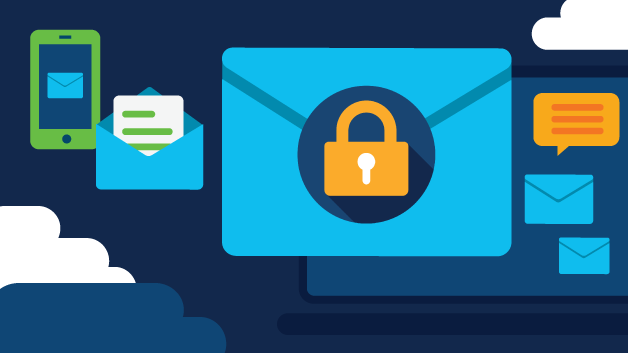How Does ChatGPT Work? A Deep Dive into AI’s Smartest Conversational Tool
Updated on August 5, 2025, by Xcitium
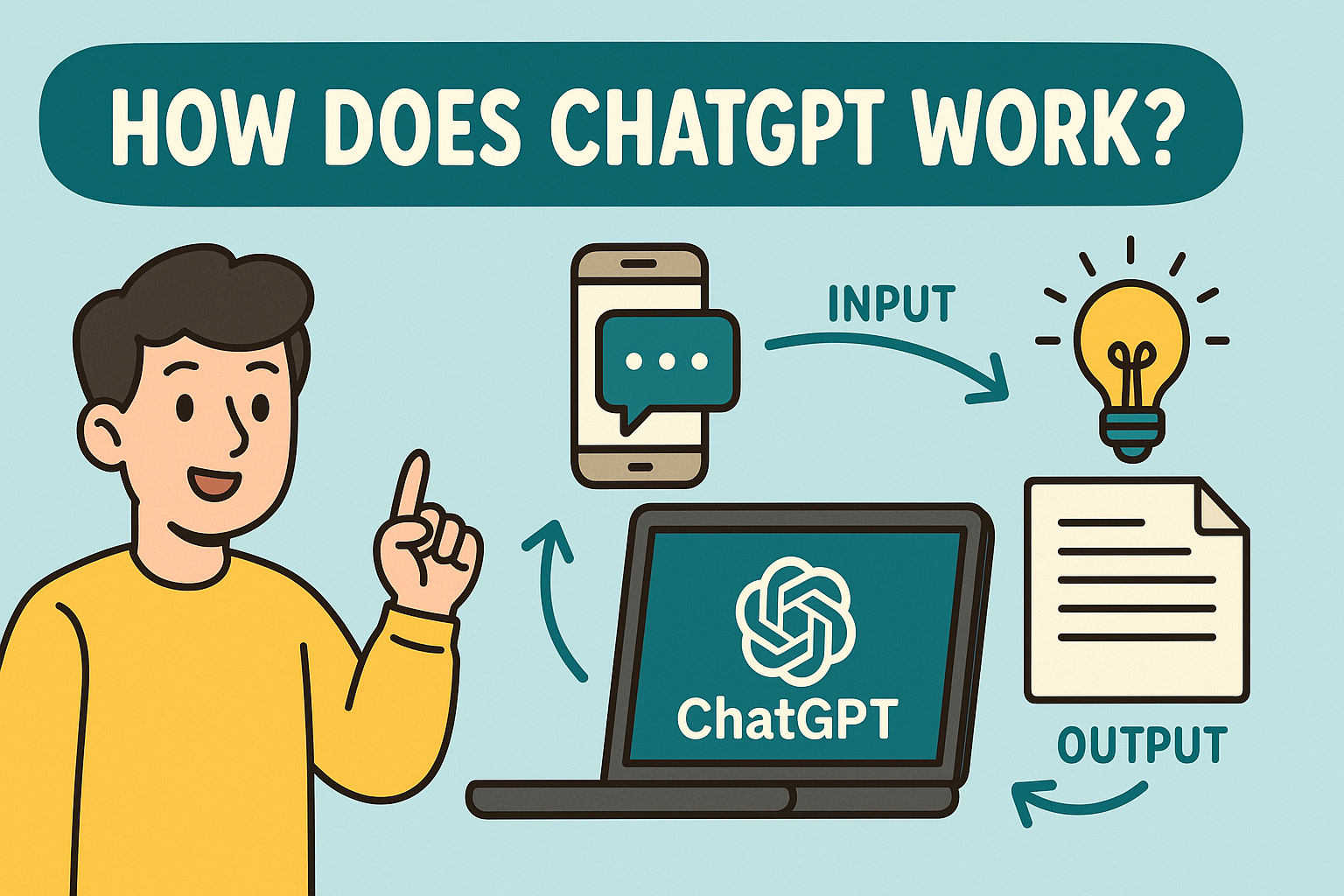
In today’s tech-driven world, AI-powered tools like ChatGPT are transforming the way businesses operate. But how does ChatGPT work exactly? Whether you’re a CEO, IT manager, or cybersecurity expert, understanding the mechanics of this revolutionary tool can offer valuable insights into everything from process automation to customer support.
At its core, ChatGPT is a conversational AI based on natural language processing (NLP) and machine learning. It’s more than just a chatbot—it’s an advanced system that learns patterns in human language, predicts what to say next, and even mimics tone and context.
With rising adoption across industries, from finance to cybersecurity, now’s the perfect time to understand how this technology functions—and how you can leverage it.
What Is ChatGPT?
ChatGPT is a language model developed by OpenAI, built on a deep learning architecture called a transformer, more specifically GPT (Generative Pretrained Transformer). The tool is capable of:
- Answering questions
- Generating written content
- Translating languages
- Debugging code
- Simulating conversation
ChatGPT is trained on a massive dataset sourced from the internet, books, articles, and other human-written texts. This allows it to respond intelligently and often creatively to prompts.
How Does ChatGPT Work?
The process can be simplified into three key stages:
1. Input Processing
When you type a question or prompt, ChatGPT converts it into a format it can analyze—tokens. These tokens represent parts of words, allowing the model to understand both syntax and semantics.
2. Contextual Understanding
ChatGPT uses self-attention mechanisms to evaluate the relationship between all words in your prompt. This enables it to understand context—what’s important, what to ignore, and how everything connects.
3. Response Generation
Using probability-based prediction, the model calculates the most likely next word or phrase. It does this repeatedly until a full response is generated, making sure the answer sounds natural and relevant.
The Role of Neural Networks in ChatGPT
ChatGPT relies heavily on deep neural networks, especially transformer models. These are a type of machine learning model designed to handle sequential data (like text).
Key components include:
- Multi-head Attention: Understands relationships between different parts of the text.
- Feed-forward Layers: Transforms the information for the next layer.
- Layer Normalization: Helps stabilize and speed up training.
💡 Did You Know? GPT-4, the latest model behind ChatGPT, contains over 100 billion parameters, making it one of the most powerful AI models to date.
Training ChatGPT: Pretraining and Fine-Tuning
Pretraining
This is the initial phase where the model is exposed to vast amounts of data—books, articles, code snippets, etc. It learns grammar, facts, and reasoning patterns.
Fine-Tuning
After pretraining, the model is fine-tuned using Reinforcement Learning from Human Feedback (RLHF). This involves humans ranking and correcting responses to align them better with desired behavior.
Real-World Use Cases for ChatGPT
Understanding how ChatGPT works is just the start. Let’s look at its real-world impact:
🚀 Business
- Customer Support: Automate tier-1 support
- Marketing: Draft blogs, email campaigns, and social posts
- HR: Generate policies or onboarding documentation
🛡️ Cybersecurity
- Threat Analysis Summaries
- Automated Alert Responses
- Phishing Simulation Content
👨💻 IT & Development
- Code review and suggestions
- Documentation generation
- Query optimization
Benefits and Limitations of ChatGPT
✅ Advantages
- Fast and scalable content generation
- Learns from massive datasets
- Highly flexible use cases
- Multilingual support
⚠️ Limitations
- May produce biased or inaccurate responses
- Doesn’t know real-time events (cutoff dates apply)
- Prone to “hallucination” (generating incorrect info)
🎯 Key takeaway: Always review responses in critical applications.
Is ChatGPT Safe for Cybersecurity Applications?
Yes—with caveats.
While ChatGPT can analyze logs, summarize incidents, and assist with documentation, it should not be trusted as a source of truth for real-time threat intelligence.
Security professionals must use ChatGPT as an assistant—not a decision-maker.
Final Thoughts and Best Practices
Now that you understand how does ChatGPT work, here’s how to best use it:
✅ Best Practices for Using ChatGPT
- Use clear, concise prompts
- Always double-check AI-generated facts
- Integrate with internal tools (e.g., Slack, Jira)
- Avoid sensitive or personal data in prompts
ChatGPT is a phenomenal tool—but only when paired with human oversight and smart integration.
📢 Call to Action
Want to see how AI like ChatGPT integrates with real-time cybersecurity tools?
👉 Request a Free Demo of Xcitium’s Threat Prevention Platform
We blend human intelligence with machine learning to stop threats before they cause damage.
FAQ: Frequently Asked Questions
Q1: What technology powers ChatGPT?
ChatGPT is powered by transformer-based neural networks, specifically OpenAI’s GPT architecture (currently GPT-4 for ChatGPT).
Q2: Is ChatGPT trained on live data?
No. ChatGPT is trained on static data up to its last update. It doesn’t access real-time internet unless integrated with plugins or tools.
Q3: Can ChatGPT write secure code?
Yes—but always verify code. ChatGPT can introduce insecure patterns if not prompted clearly.
Q4: How does ChatGPT understand context?
Through self-attention layers, the model maps out how each word relates to others in the input.
Q5: What are alternatives to ChatGPT?
Other popular models include Google Bard, Anthropic Claude, and Cohere Command R+.




